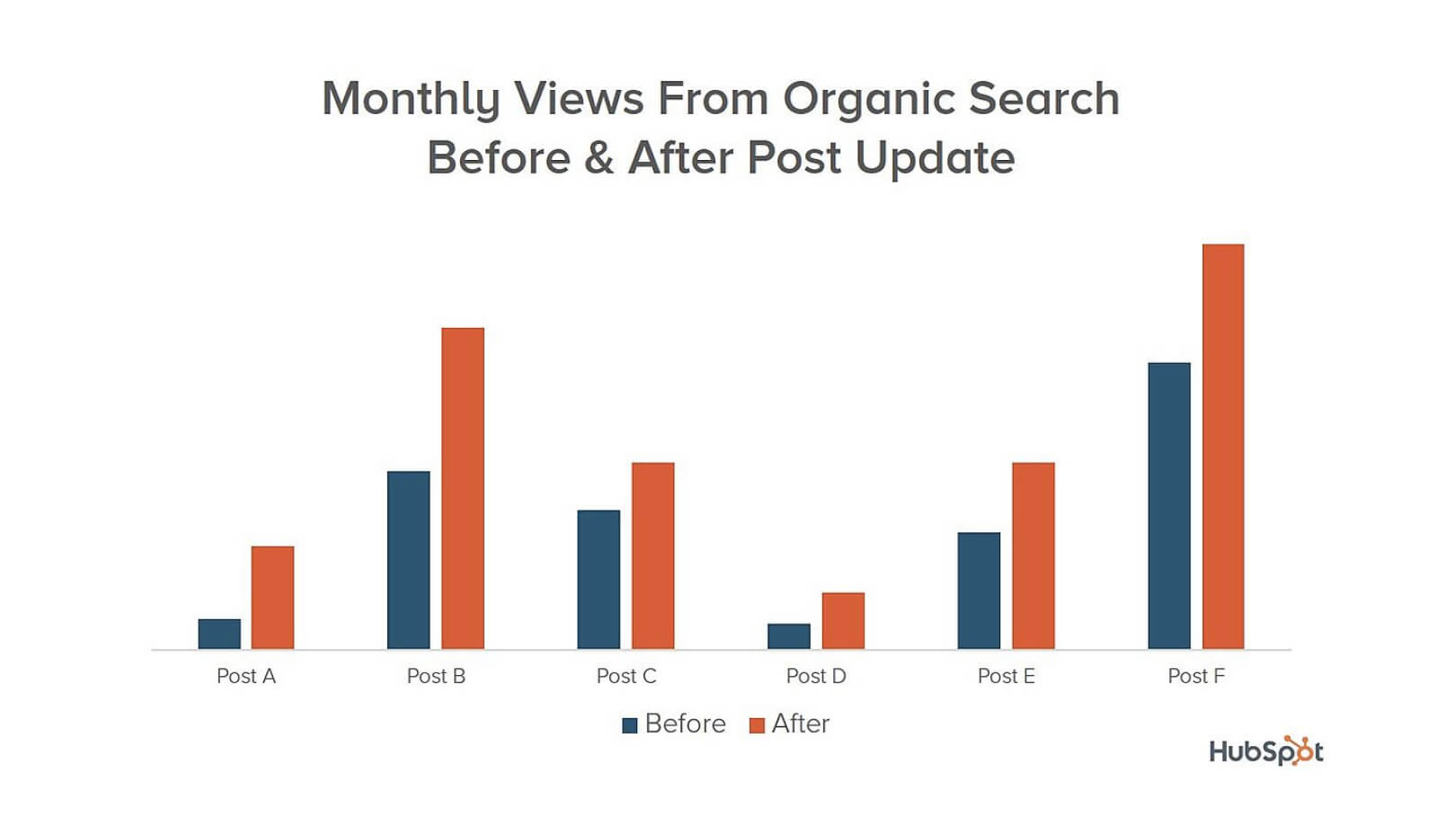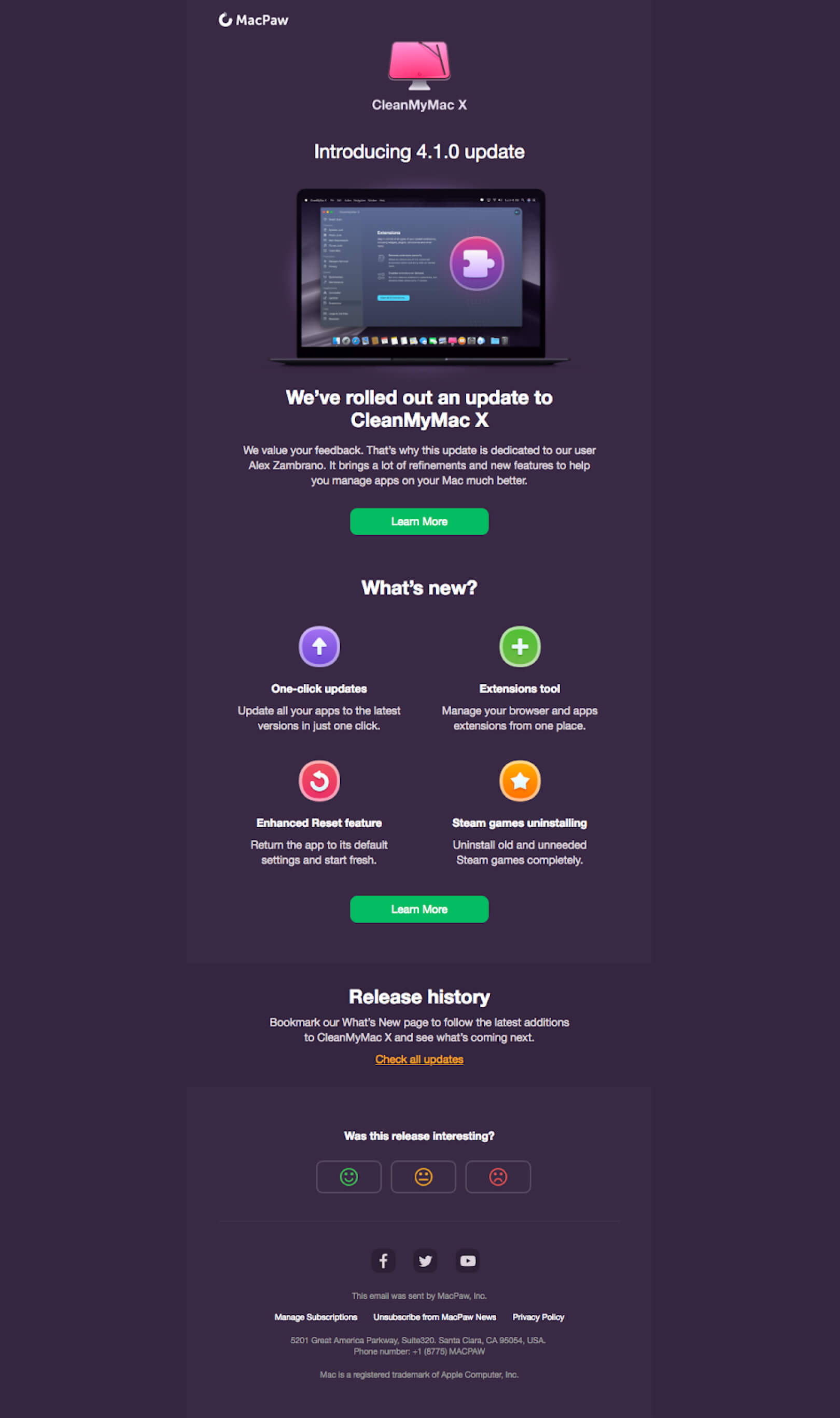It’s no secret that many people discover new software through blog posts, videos, social media and other forms of digital content.
Unfortunately, only 11% of SaaS companies invest in content marketing and only 32% of B2B marketers say they have a documented content marketing strategy.
This gives your company lots of opportunities to get discovered, rank in search engines, and gain authority with great content.
So, how can you build a compelling content marketing strategy? How will you use content to attract more audiences?
Related: What Is a SaaS Business Model and How Does It Work?
Here’s what you need to know:
1. Publish Use-Case Content Periodically
Testimonials and reviews can help you get new customers, but how will they learn to use your software? How can they maximize your software’s features?
Your content marketing strategy should include video tutorials to help users understand your product. For example, CoSchedule has video guides to help beginners learn blogging, email management, and social media management.

Since they are also for agencies, CoSchedule also has tutorials on how they can manage their client’s content, social campaigns, and projects.

FAQ pages (Frequently Asked Questions) let users find answers to common problems or issues. Buffer’s FAQs pages have a basic grid design and clear categories enclosed in thin squares.

Each section includes a number of short articles about the different tasks users can accomplish such as inviting team members, scheduling posts and managing them.

2. Share Relevant Content
A lot of marketing experts will tell you that to attract an audience you need to create compelling content. But how can you create content that will attract readers? Simple, focus on value and relevance.
Ann Handley has some interesting advice when it comes to content creation,
“When we create something, we think, ‘Will our customers thank us for this?’ I think it’s important for all of us to be thinking about whatever marketing we’re creating; is it really useful to our customers? Will they thank us for it? I think if you think of things through that lens, it just clarifies what you’re doing in such a simple, elegant way.”
In short, instead of creating tons of ads, create actionable content. Actionable content is the type of content readers find unique and informative. In order to produce high-quality content, it is important that you understand the three types of writing: normal/ declarative; informative and engaging (this would include How Tos); and actionable — which can be anything from recipes to tutorials. The key difference between these categories lies in their tone. “Action” implies taking further steps after reading the piece as opposed to giving users information and facts.
Your blog posts should focus on the problems of your readers, pain points, most asked questions and relevant solutions. In fact, 24% of SaaS companies use their blog to educate. And top-performing blog posts have 10X more shares on social media.
Related Resources: Prepare For Content Marketing Trends In 2022
HubSpot is one of the SAAS companies with a very successful content marketing strategy.
They have sections dedicated to marketing, sales, services, news, and trends. A quick look at their marketing section reveals detailed guides on Google Calendar, ebook templates, pitch examples and customer service interview questions which are very useful to their target customers from the marketing industry.

Moz, an inbound marketing and marketing analytics software, gets 14% of their traffic from their blog, which includes insightful statistics, in-depth guides, and research results. This helps them gain credibility in their industry and encourage professionals to opt for their software and services.

3. Affirm Your Brand Personality
Your brand is a portrayal of who you are. If you can’t be bothered to define your persona, people will form an opinion on it anyway – and that could mean good things for the way they perceive you as a business.
It can be tough to create a brand’s personality and tone of voice. You cannot do it overnight. Therefore, you need to involve key stakeholders in your brand overview and make sure everyone is on the same page.
In order to define your brand personality, start with your own team. Get your squad together and come up with all the right words to accurately accumulate your mission statement. For an approach that is more focused, make a list of best adjectives for describing you as well.
Related: How to Find Your Brand Personality
4. Have a Content Distribution Strategy
There’s no use in publishing a lot of content if no one’s ever going to read it. You should have a content distribution strategy in place to grow your following and provide relevant content to your fanbase.
One way is to earn traffic via organic search by focusing on a few things:
- Technical SEO: Refers to server and website optimizations such as site structure, meta descriptions, and canonical links. This impacts your rankings and helps search engine spiders index and crawl your site.
- Content length: How long should your blog posts be? Medium, a blogging platform, found that the ideal length for posts is 1,600 words. Their findings are based on the “average total seconds spent on each post when compared to the post length.”
- BuzzSumo discovered that long-form content around 3,000-10,000 words is shared an average of 8,850 times. Crazy Egg found that long-form content increased their conversions by more than 30%. Not surprisingly, long-form content offers more information and is perceived as more educational and valuable for readers.
- Internal linking: Internal linking helps improve site architecture and spread link equity (ranking power) on your website.
- Content updates: Hubspot discovered that 765 of their monthly blog views were generated from older posts and 92% of their blog leads also came from old posts.
Once they’ve republished and updated their old content, they gained an average of 106% increase in monthly organic search views. So if you have a large collection of old posts, consider adding in new information to continue to generate views.
Email Marketing
Email marketing is one of the best ways to distribute content to your current customers. If done right, it’s not intrusive and it lets you deliver relevant information to your customer base. In fact, 93% of B2B marketers use email to distribute content. Here are a few ideas for your email marketing strategy:
- Newsletters: Weekly newsletters help customers establish the habit of reading and returning to your website. In fact, 83 percent of B2B companies use newsletters as part of their content marketing strategy and 40 percent of B2B marketers believe email newsletters are most critical to their content marketing success.
Hiten Shah is the co-founder of two popular SAAS companies: Crazy Egg and Kissmetrics. His newsletter includes a roundup of industry-relevant content that’s interesting to his target market. The newsletter is broken down into categories like Business, Product, Marketing Growth, Tip of the Week, etc. – which makes it easy to scan and read.
- Product update: Let users know about the latest features and solutions that your products offer.
CleanMyMac X used a product update email to spread the word about their new features like one-click updates, extension tools and enhanced reset feature. An icon is used to symbolize each feature to improve its aesthetic and readability.
- Free Trial Onboarding campaigns: Customers won’t buy your SaaS product if they have no experience using it, so offer a free trial. Create email campaigns that help users learn about your software’s benefits.
Adobe’s free trial email emphasizes on how their tools can help creative teams reach their peak achievement. They have a list of features such as cutting-edge creativity, easy license management, and support. The “Try Now” CTA button makes it easy for subscribers to opt-in on their free trial offer.
- Retention Email series: New users not trying out your products? Send a mix of tutorials, blog posts, and guides to get them interested in your company again.
Bluewolf retains customers through compelling content like annual reports based on industry insights. It includes actionable strategies and technology investments.
5. Testimonials & Reviews
Since customers have no experience with your software, they rely on testimonials and reviews from those that did.
Testimonials are an important part of a sales pitch. They can impact purchasing decisions, brand awareness, and credibility. By analyzing testimonials, you can figure out who your target audience is and what they need or want. You might be able to tell if people like the product well enough but aren’t satisfied with it. Also, you can investigate certain aspects that were overlooked in production – this will help improve customer service and win those customers back as well!
In addition, testimonials and reviews provide validation. When potential customers see how many other people are satisfied with your product, they feel much safer making purchases. Prospects often rely on word-of-mouth advertising as the main source of information about new products and services available to them. Therefore, testimonials provide an additional level of assurance that helps build credibility within this market niche during times where transparency isn’t always there.
In fact, 90 percent of all B2B buyers conduct online research at some point in the buying process, and this process occurs before they get in touch with sales reps. A similar study found that 63% of buyers are more likely to make a purchase from a site with a good amount of reviews. And 85 percent of buyers read up to 10 reviews before feeling like they can trust a business.
You can get reviews by establishing a company profile from sites like G2Crowd, Capterra, and GetApp. After that, incentivize current customers to leave reviews through freebies, coupons, and discounts.
For example, WordPress’ G2 review page has many informative reviews from customers. This makes it easy for marketing professionals to understand the pros and cons of their platform, and determine whether they’ll opt in.
You can also encourage industry experts from your current user base to review your product. Better yet, get in touch with influencers and bloggers.
Slack’s features page has a carousel of testimonials at the bottom. It features popular companies using their products such as 21st Century Fox, Autodesk, and Zapier. It also includes short praise on how using Slack has helped their business.

Ready to Build Your Content Marketing Strategy?
Content marketing can help your website turn heads and convert a lot of customers – but you need to understand how to do it right.
Get testimonials and reviews from users and influencers. Publish tutorials and FAQ pages to help new users onboard. Share relevant content and have a content distribution strategy that involves improving your email marketing and organic search results.
Compelling content can do a lot for your business so think about how you can create something that’s relevant and valuable to users. Publish long-form blog posts, tutorials, FAQs and newsletters.
Did not find what you were looking for? Check out How Introducing a CRM Helps Your Sales
How will your SaaS company use content marketing? How will you create content that’s relevant to your target audience? Let us know in the comments below.
About the Author
Emil Kristensen is the CMO and co-founder of Sleeknote: a company that helps e-commerce brands engage their site visitors—without hurting the user experience.











